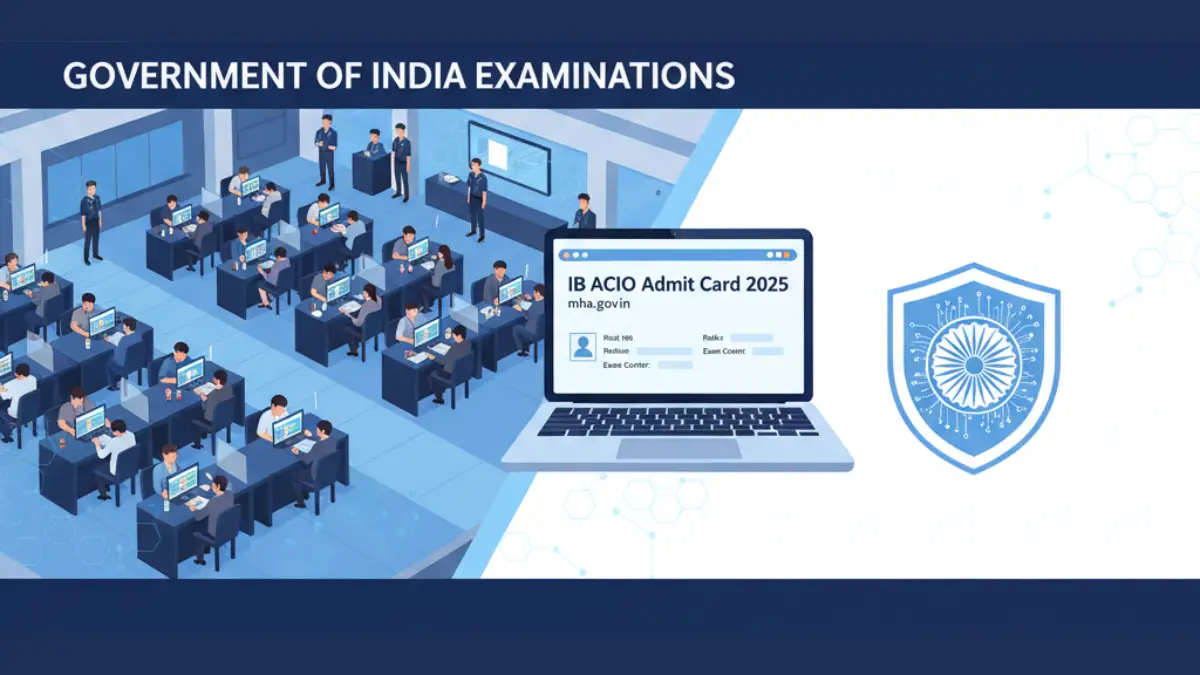Last Updated on August 22, 2025 by Nyayik Vigyan
What the Supreme Court Stray Dogs Release Immunisation Policy Changes
The Supreme Court has fundamentally transformed India’s stray dog management by modifying its earlier directive. The new Supreme Court stray dogs release immunisation framework allows municipal bodies to release sterilised, dewormed and immunised stray dogs back into their original localities. Aggressive or rabid dogs must undergo sterilisation and vaccination but remain in separate pound shelters for public safety.
This landmark Supreme Court stray dogs release immunisation ruling expands beyond Delhi NCR, signaling a comprehensive national approach. The court directed civic bodies nationwide to create designated feeding zones while prohibiting street feeding outside these controlled areas. This policy shift affects over 37 lakh annual dog bite cases across India and establishes uniform Delhi stray dog sterilisation rules as a template for other states.
Legal Framework Behind Supreme Court Stray Dogs Release Immunisation Policy
This transformative shift aligns perfectly with the Animal Birth Control Rules 2023, which formally endorse the CNVR (Capture-Neuter-Vaccinate-Release) approach. The Supreme Court stray dogs release immunisation directive balances public safety concerns with animal welfare principles, directly addressing widespread criticism of the original shelter-only mandate.
The animal birth control policy India framework will significantly influence state and municipal bylaws moving forward. Local governments must now develop evidence-based capture protocols and design compliant feeding zones that minimize human-animal conflict while ensuring proper stray dog population management.
Legal experts predict this ruling establishes binding precedent for municipal corporations struggling with implementation challenges. The court’s emphasis on scientific approaches over blanket confinement represents a paradigm shift in Indian animal welfare jurisprudence.
Forensic Science Perspective on Population Tracking and Disease Control
Effective CNVR programs require robust forensic population monitoring systems. Advanced tracking combines microchipping or ear tagging with GIS mapping technology and time-series population counts to monitor specific cohorts across municipal wards and residential colonies.
Disease prevention protocols demand rigorous verification through field sero-surveillance, batch-level cold chain audits, and comprehensive digital vaccination logs linked to unique animal identification numbers. These forensic protocols enable cities to identify program gaps quickly, demonstrate measurable outcomes, and provide court-admissible evidence of compliance with the new Supreme Court stray dogs release immunisation requirements.
Veterinary forensics also plays a crucial role in distinguishing between aggressive behavioral patterns and rabies symptoms, ensuring proper categorization under the new guidelines.
Actionable Data Integration Strategies
Modern municipalities can establish integrated evidence pipelines combining bite incident reports, shelter intake records, vaccine batch temperature logs, and colony-specific population counts. Real-time dashboards displaying ward-wise vaccination coverage and bite trend analysis help optimize CNVR deployment schedules.
When identifying aggressive or rabid animals, maintaining proper chain of custody documentation, veterinary certifications, and isolation facility logs becomes legally critical. This documentation framework protects both public safety objectives and program integrity while ensuring compliance with the Supreme Court stray dogs release immunisation standards.
Digital tracking systems should integrate with existing municipal health databases to identify bite incident hotspots and prioritize intervention zones effectively.
Financial Planning, Infrastructure Capacity and Regulatory Compliance
Municipal programs must budget approximately ₹800 per dog for sterilisation procedures, plus capital infrastructure grants up to ₹2 crore for compliant shelter facilities and mobile surgical units. Regular program audits should verify surgical protocols, anaesthesia administration logs, vaccination expiry tracking, and postoperative recovery standards.
The court’s emphasis on releasing healthy, immunised animals reduces long-term kennel maintenance costs while freeing resources for high-risk intervention areas. Designated feeding zones streamline enforcement activities and minimize community disputes over stray dog feeding practices.
Financial sustainability requires integrating central government grants with local municipal budgets and private sector partnerships for veterinary services.
Setting Legal Precedent for Future Animal Welfare Policies
This Supreme Court stray dogs release immunisation order establishes transformative legal precedent by embedding CNVR methodology and targeted containment protocols into national policy framework rather than defaulting to mass confinement strategies. Future regulations governing urban wildlife management, public feeding practices, and zoonotic disease risk assessment will likely adopt this evidence-based model featuring scientific thresholds, documented procedural safeguards, and location-specific enforcement mechanisms.
The ruling signals that India’s highest court prioritizes data-driven policy solutions over reactive measures. This approach will influence how states handle similar human-animal interface challenges in urban environments.
For municipal corporations and state governments, the directive is unambiguous: demonstrate measurable outcomes through comprehensive data collection, prove vaccination coverage through verifiable records, and align operational practices with both legal requirements and judicial expectations under the new animal birth control policy India framework.















